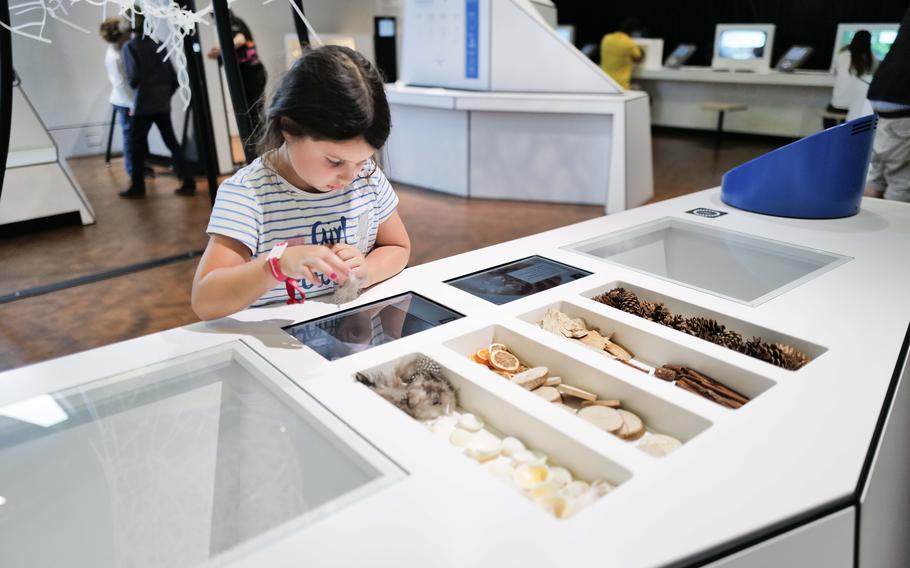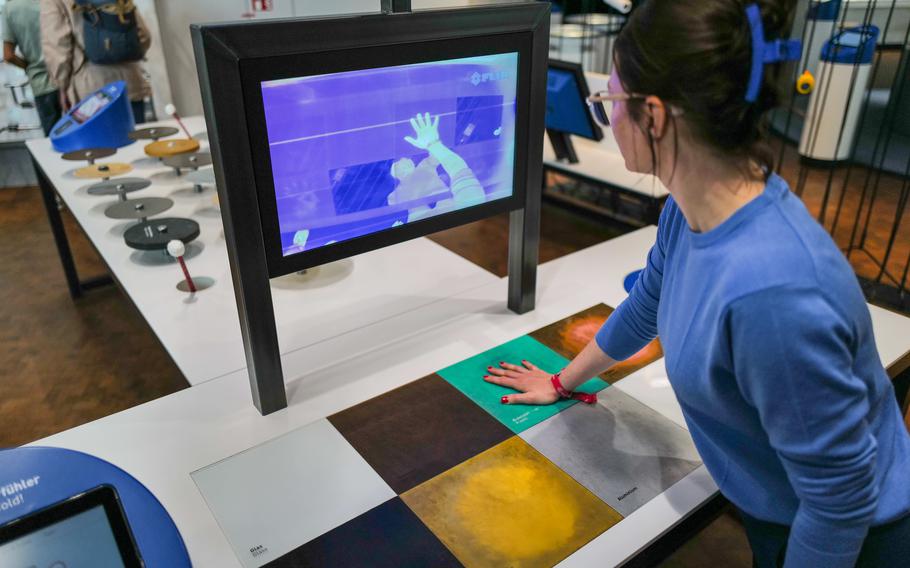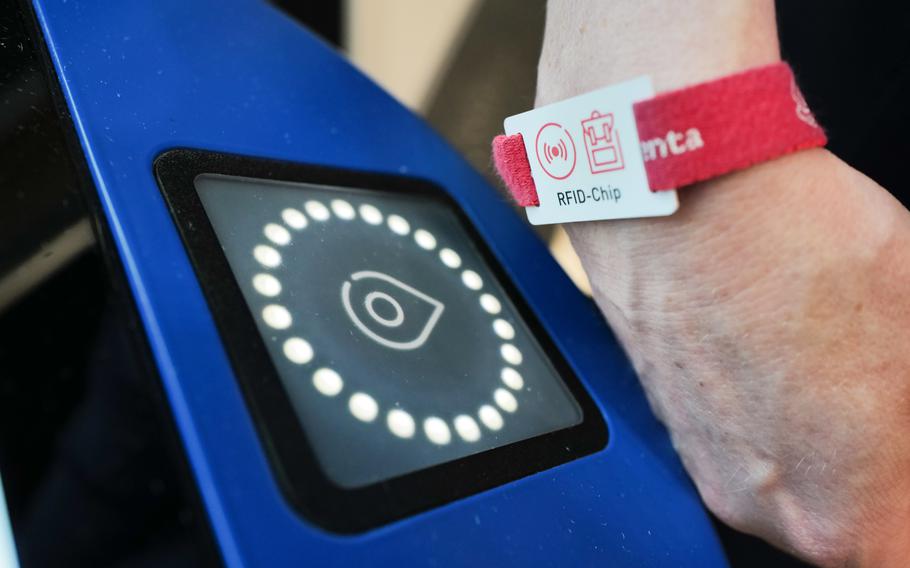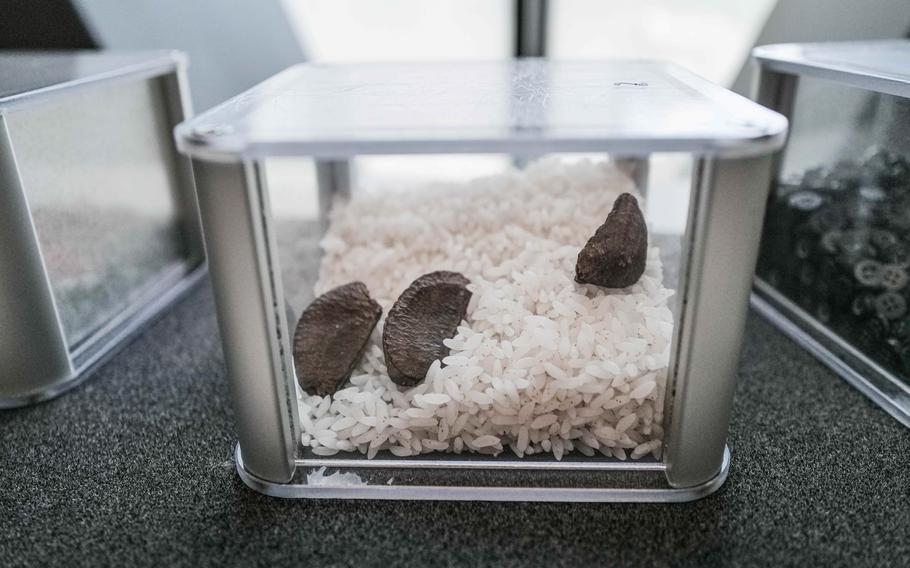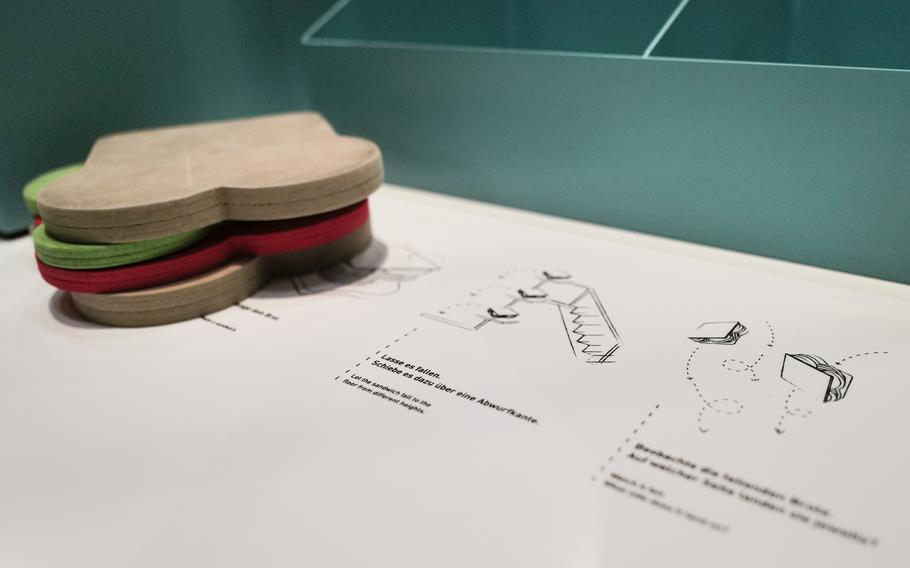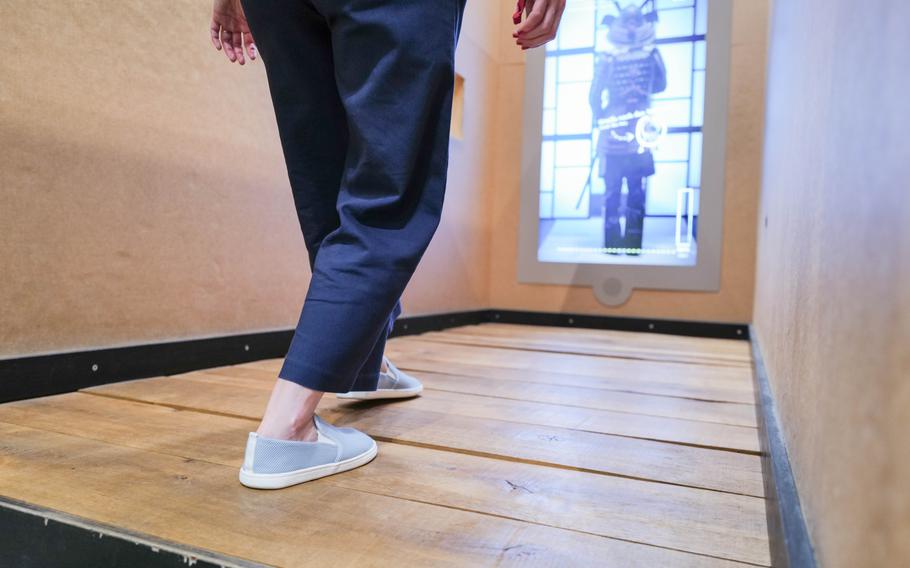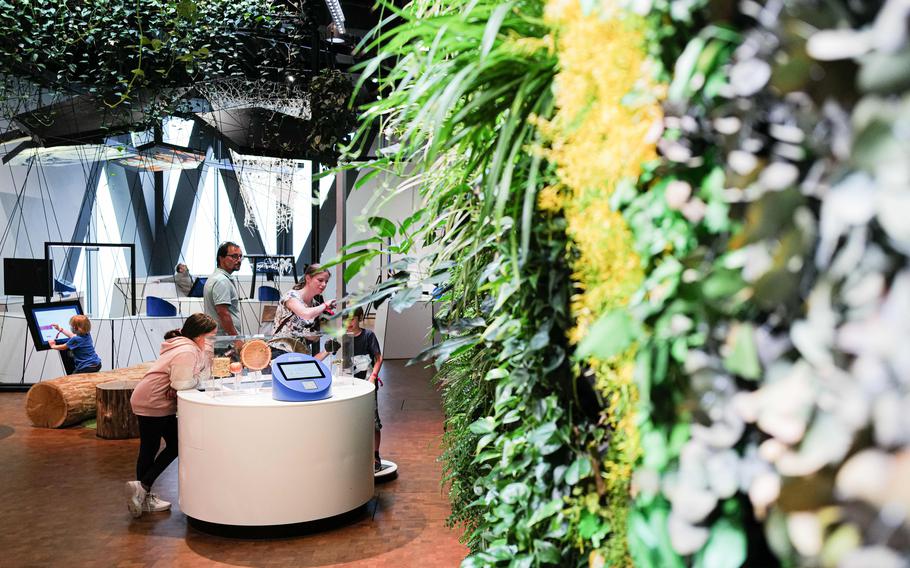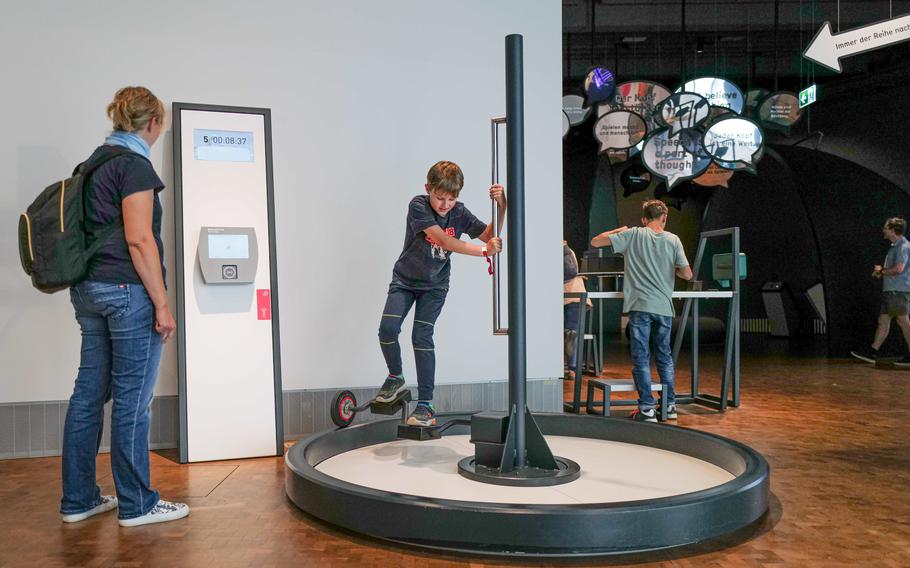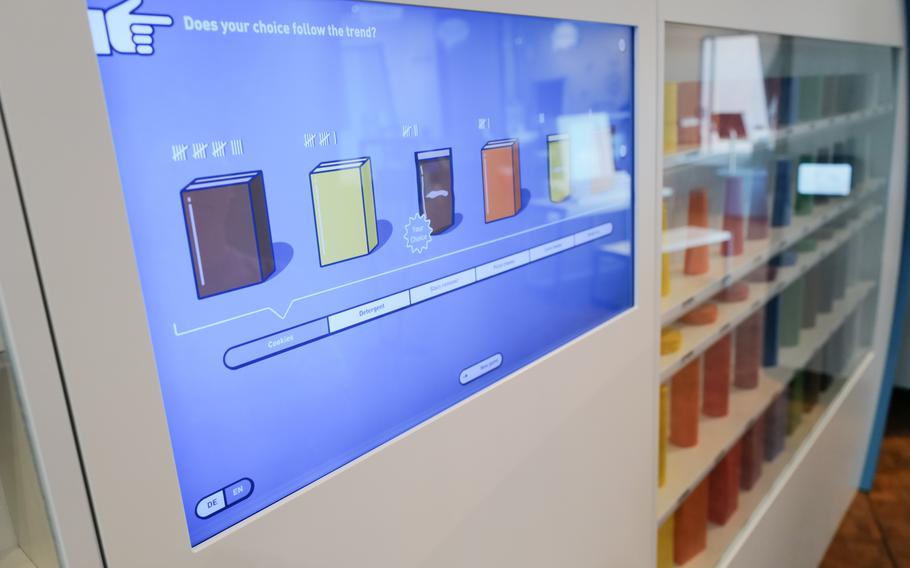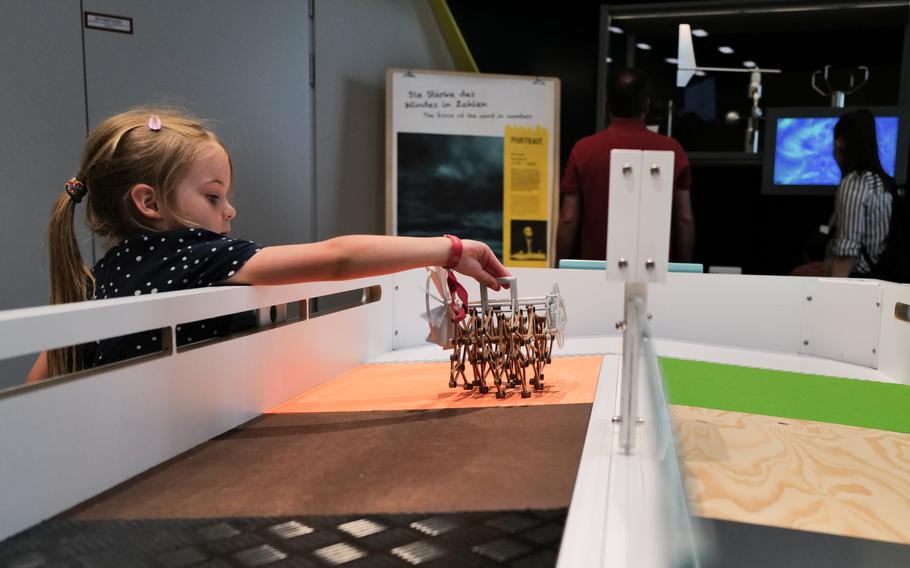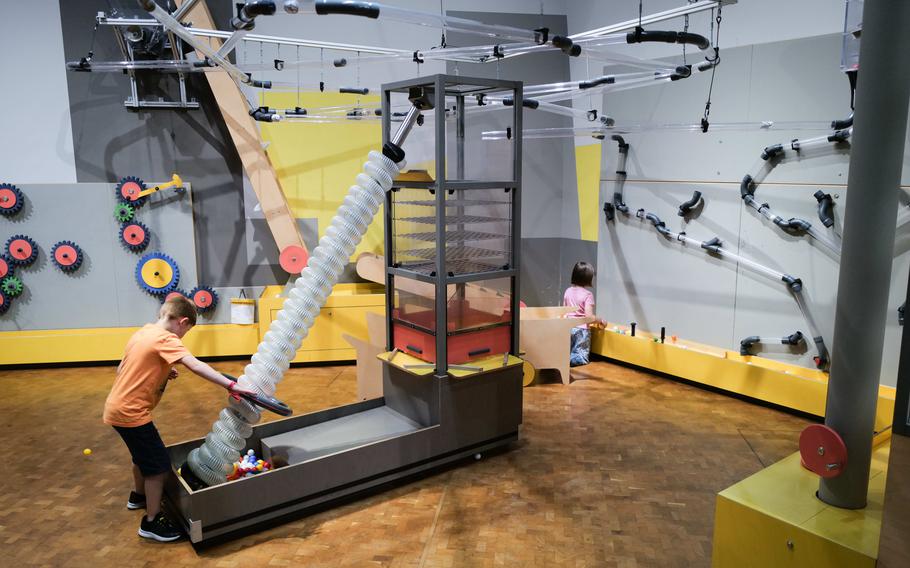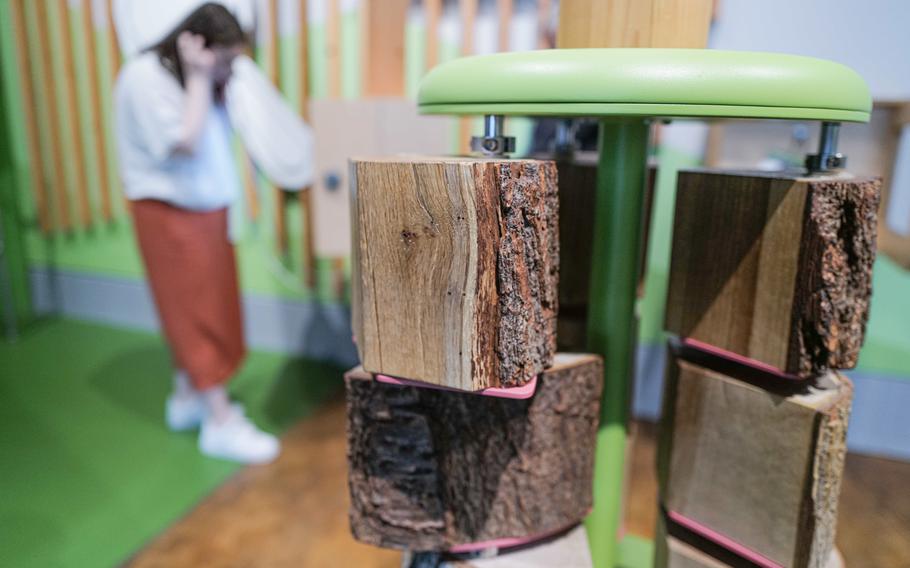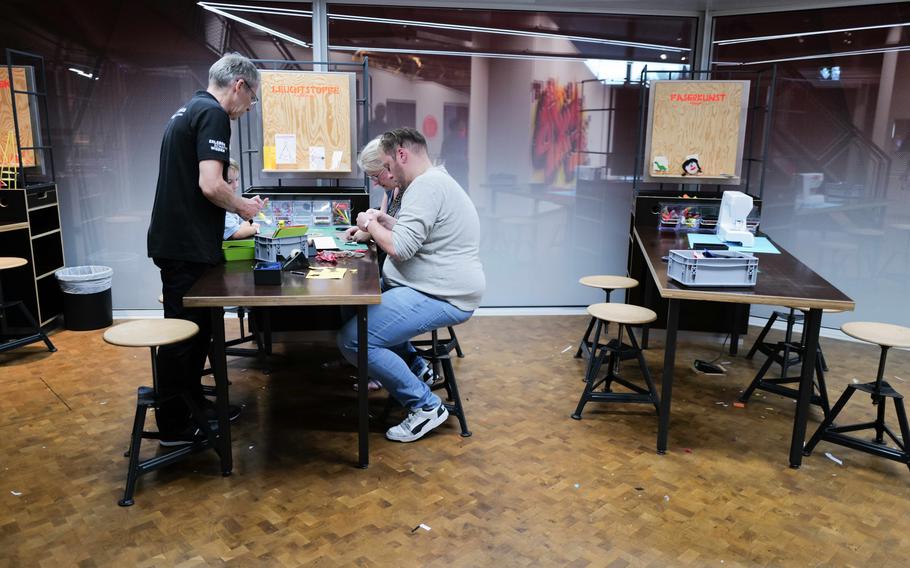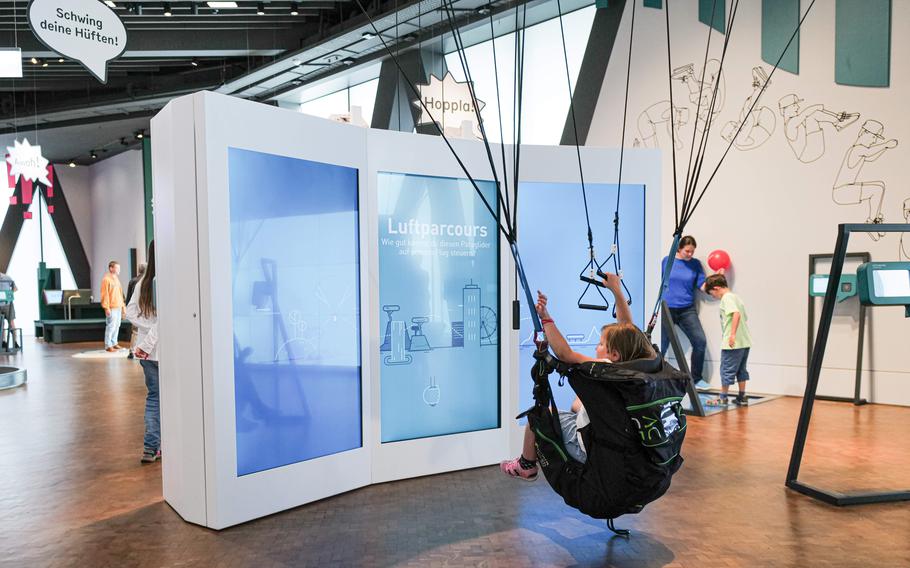[ad_1]

The Experimenta Science Center in Heilbronn, Germany, pictured June 16, 2024, attracts more than 1,000 visitors daily with its fascinating science and technology exhibits. (Alexander Riedel/Stars and Stripes)
You’ve probably heard of the butterfly effect, but what about the Brazil nut effect? Imagine shaking a can of mixed nuts and seeing the largest nuts, like Brazil nuts, float to the top.
Also known as granular convection, this phenomenon in which larger particles rise to the surface while smaller ones sink to the bottom, is just one of many you can experience first-hand at the Experimenta Science Center in Heilbronn, Germany.
Experimenta is a playground of 275 changing, interactive exhibits designed to engage visitors, and my wife and I, both avid biologists, recently spent a Sunday afternoon there, engrossed in the experiments.
From the moment we entered, we were immersed in a world of discovery. At the entrance, we were given RFID bracelets to use when interacting with the exhibits, and these bracelets allowed us to store images and videos of experiments that could be accessed later at home.
This technology enhanced engagement and made the learning process even more fun, and best of all, each experiment was explained fully in English, eliminating the need for guesswork or tedious cell phone translations.
We started off with a tour of the Wind Studio, where we could see the different materials that cars are made of, feel the effects of changing wind speeds, and take some fun selfies in the wind tunnel. This wasn’t just child’s play: the science behind aerodynamics was within our reach.
One of the standout exhibits involved studying different materials such as plastics, metals and leather to understand how they conduct heat, light and electricity.
On the second floor, the focus shifted to sensory experiences: we walked around a dark room testing our eyes’ color vision and explored how refraction and wavelengths of light affect how we see things.
Another activity tested our sometimes misleading sense of smell: We had to identify scents emanating from metal dispensers that were activated by the press of a button to reveal their source.
The third floor was called “WeltBlick” or “View of the World” and gave the opportunity to study meteorological phenomena, while other stations displayed mold and fungal spores and even allowed visitors to observe microorganisms.
Some stations are more scientific than others. One exhibit that made us laugh and think was the dropped sandwich experiment, which tested the age-old question: does a dropped slice of bread always land butter-side down?
By measuring at different heights and recording the results, you’ve created a simple and effective demonstration of scientific process and probability. Spoiler alert: nature often works against your lunch.
One particularly quirky exhibit was the Ninja Challenge, where visitors had to sneak up on a samurai on a computer screen by carefully stepping on sound-sensitive floorboards – a playful way to understand sound and movement.
The Explorer Land area featured a water play area where children could build obstacles and observe the dynamics of water flow by moving small plastic balls through whirlpools and being lifted by high-pressure currents.
We also enjoyed the Strandbeesten, which means “beasts of the beach” in Dutch. These are lightweight wind-powered structures that mimic animal-like movements. Seeing these wooden structures come to life is a beautiful display of engineering and design.
The highlight of Experimenta is probably the Science Dome, a combination planetarium and theatre that’s worth a visit in itself: Put on your 3D glasses and embark on a virtual space journey enhanced with laser effects.
Although we missed it during our visit, the center is also home to Germany’s first all-sky cupola, which, weather permitting, offers an immersive view into space.
All of the exhibits are clearly designed to interest and entertain children, but I found it especially fascinating to see adults of all ages being just as engrossed as the kids.
My wife and I fell in love with the station and became like big kids, experimenting and learning things along the way.
The three hours flew by, and maybe it’s the relativity of time, but I felt like I’d only just scratched the surface of what Experimenta had to offer.
In secret
Address: Experimenta-Platz, Heilbronn, Germany
Opening hours: Monday to Friday 9am to 5pm, Saturday, Sunday and public holidays 10am to 6pm
Cost: Admission is 12 euros per adult, 6 euros for children under 18, and free for children under 3. Not-so-secret tip: Experimenta has its own car park adjacent to it, which is more convenient than the nearby municipal car park, and you can get a discounted rate if you validate your ticket at the Experimenta ticket counter.
Online: experimenta.science
[ad_2]
Source link


